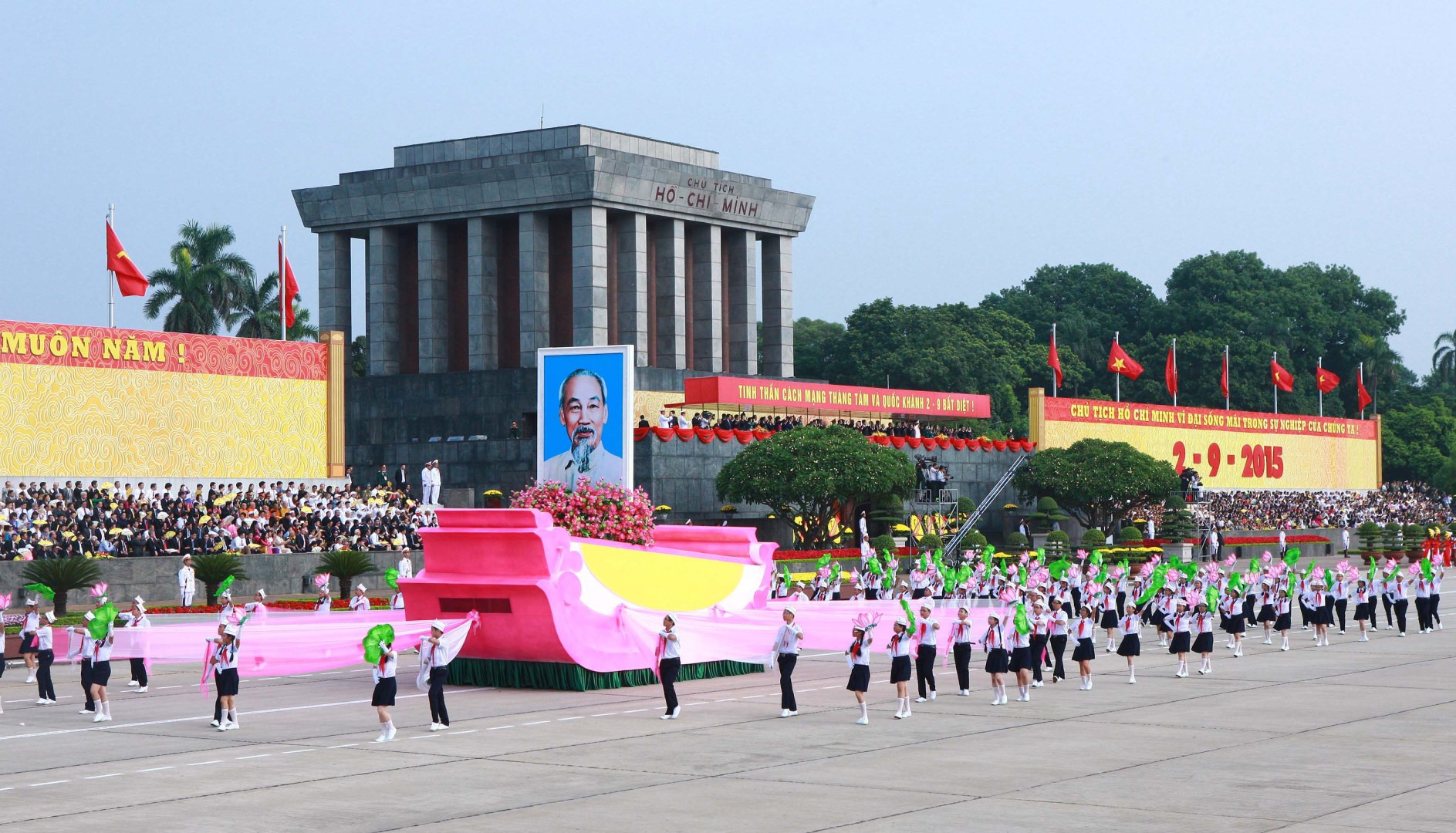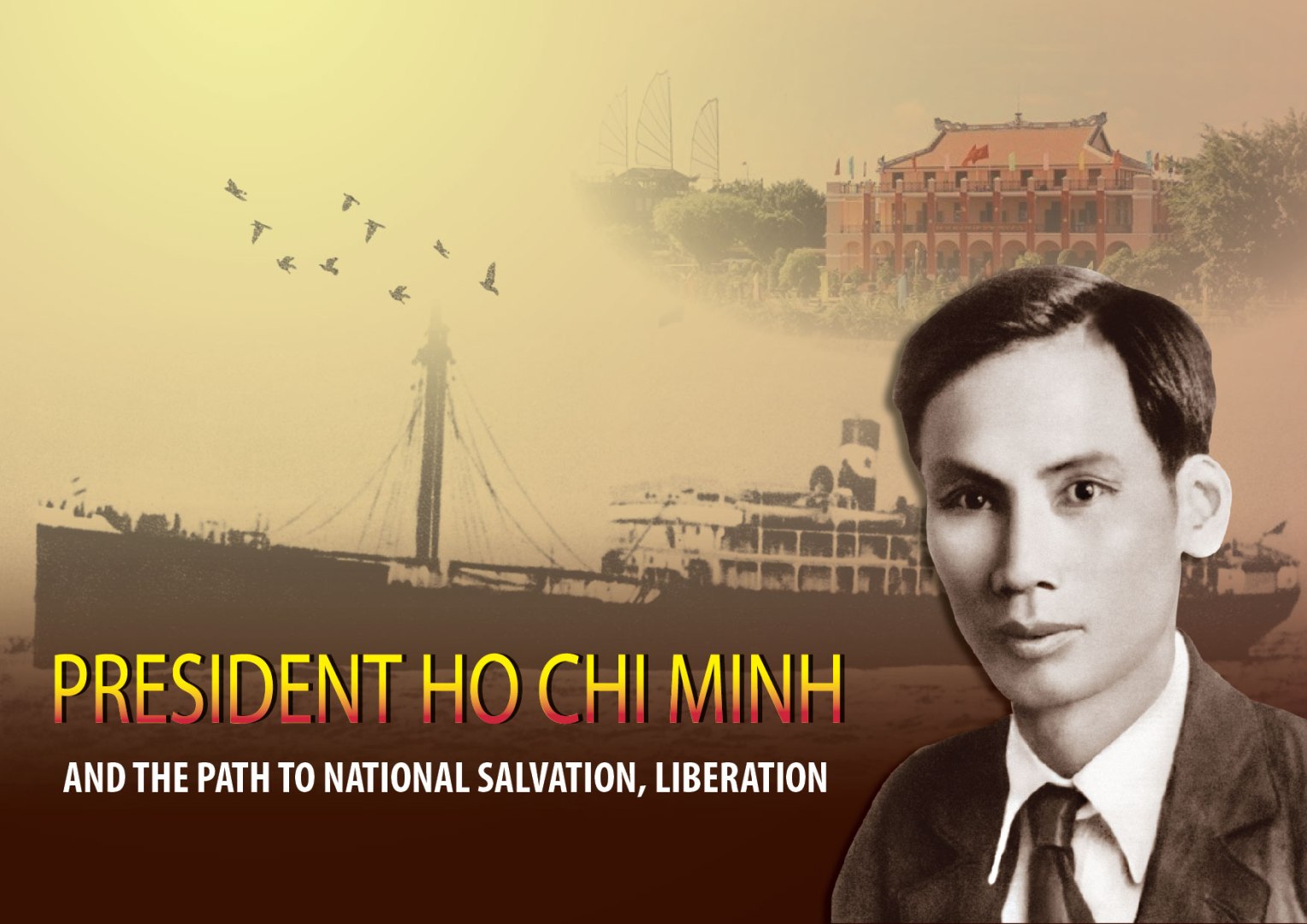
Hanoi (VNA) – On June 5, 1911, a young man named Nguyen Tat Thanh, who later became the beloved President Ho Chi Minh of the Vietnamese people, under the name of Van Ba got on the French ship Amiral Latouche Tréville to depart Nha Rong Wharf in the then Saigon, starting a 30-year odyssey to seek a path for saving the country from colonialism.
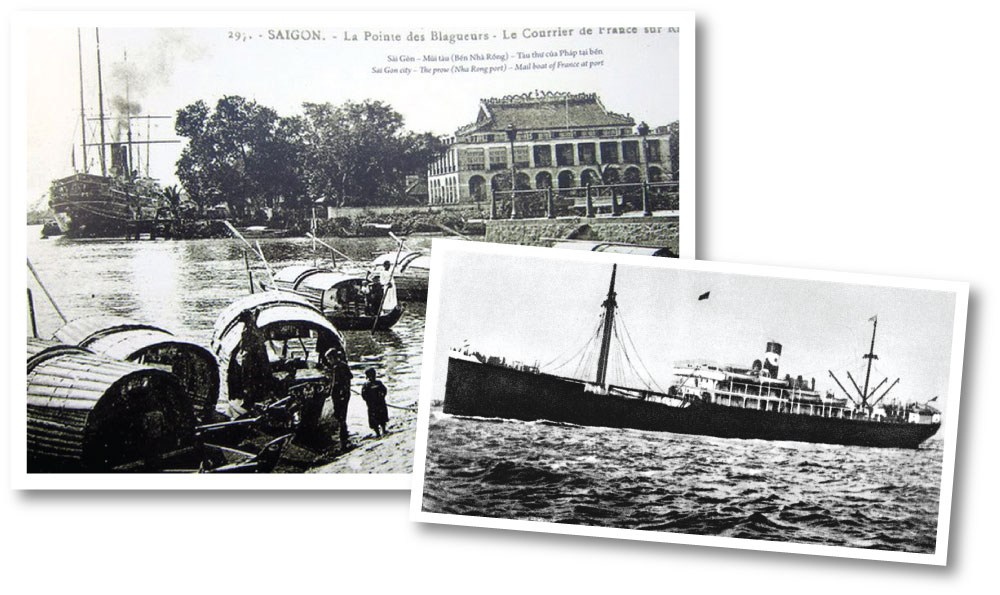
Witnessing the suffering of the homeland and the people under the yoke of colonialism, Nguyen Tat Thanh nurtured the desire to seek a path for liberating the nation very early and formed his own independent and creative vision compared to predecessors. He decided to leave the country with a burning determination: “Freedom for my compatriots, independence for my Fatherland, those are all I want, those are all I understand.”
From 1911 to 1920, he set foot in various places in different continents, from Europe, Asia, Africa to the Americas. He stayed for quite a long time in the US, the UK, and France and did every job he could, regardless of how strenuous it was such as working at restaurant kitchens, shoveling snow, taking photos, gardening, and drawing in order to earn a living, learn, and find orientations for his journey.
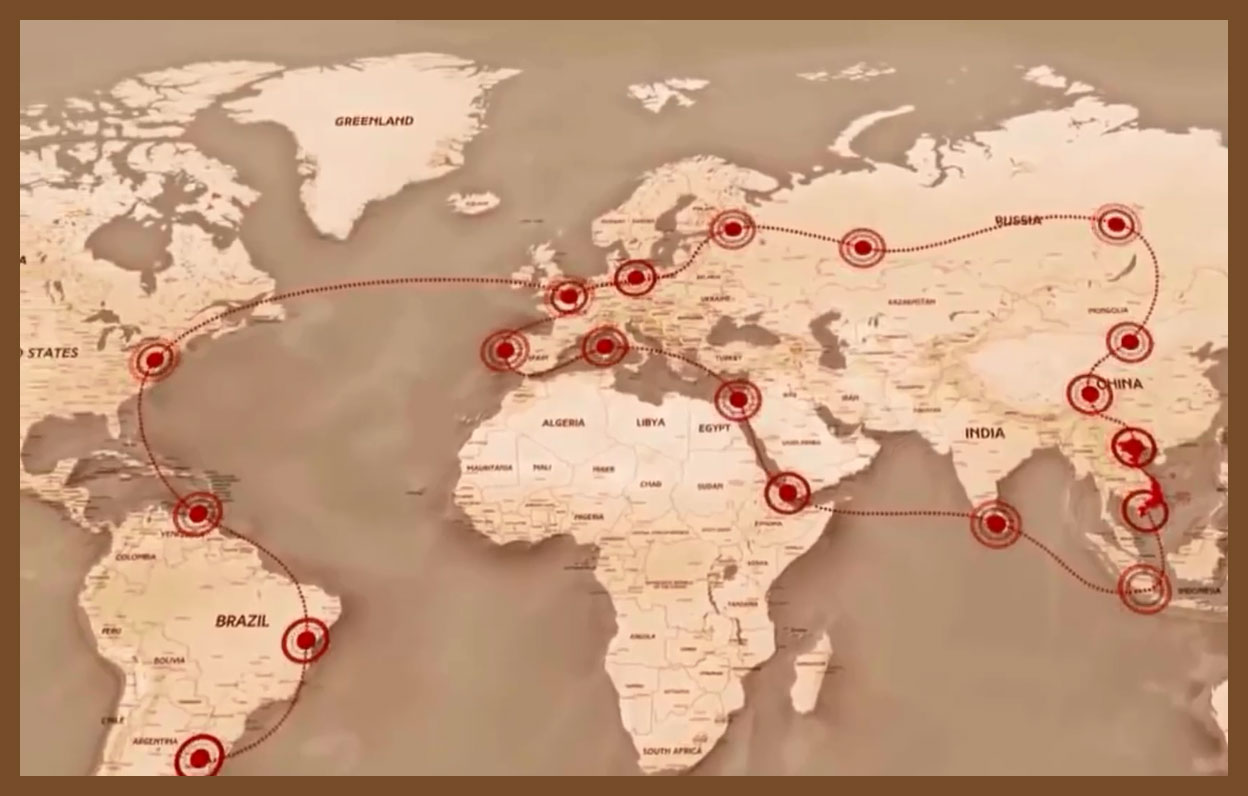
He had thrown himself into a 30-year odyssey that was full of hardships and challenges with the noble goal of seeking a path for the nation and searching for independence, freedom, and well-being for the people.
Ho Chi Minh: “This is the path to liberation for us.”
The success of the Russian October Revolution in 1917 had great influence on Nguyen Ai Quoc’s sentiment and perception. In early 1919, he joined the French Socialist Party. On June 18, 1919, using the name of Nguyen Ai Quoc, he represented patriotic Vietnamese to submit an eight-point petition to the Versailles Conference to demand the right to freedom, democracy, and equality for the people of An Nam (a former name of Vietnam under French colonial regime). Though the petition was rejected, it was spread widely, drawing much attention from the public in France, awaking the spirit of struggle in colonial countries, and helping Nguyen Ai Quoc realise that the peoples must stand on their own feet to become independent.
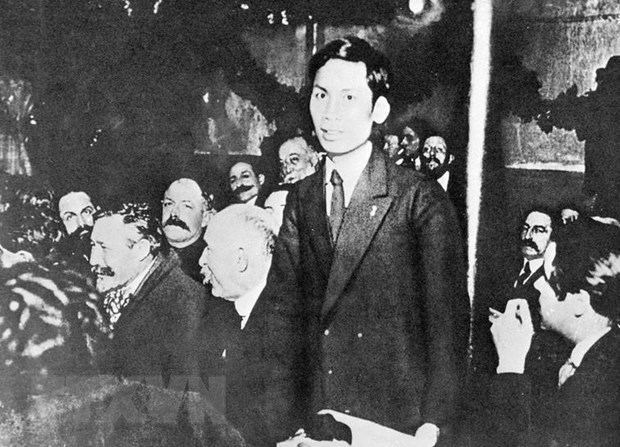
In 1920, Nguyen Ai Quoc came across Marxism-Leninism via the “Preliminary Draft Theses on the National and the Colonial Questions”. The draft theses of Lenin reached Nguyen Ai Quoc as a new light shining on the national salvation path that he had long been searching for.
He concluded: “To save the homeland and liberate the people, there is no other way than the path of proletarian revolution”, and “only socialism and communism can liberate the suppressed peoples and the working class in the world from the yoke of slavery.”
This conclusion marked a profound change in the mindset of Nguyen Ai Quoc, turning him from a true patriot into a communist – the first communist of Vietnam.
From 1921 to 1930, he actively disseminated Marxism-Leninism to the workers’ and patriotic movements in Vietnam and made theoretical preparations for the foundation of the Communist Party of Vietnam. With the works entitled “Le Procès de la Colonisation Française” (French Colonisation on Trial) and “Duong Kach menh” (Revolutionary Path), and especially the publication of the “Thanh nien’ (Young people) newspaper on June 21, 1925, he made political policy preparations for the establishment of the Party.

When all the conditions for the Party establishment were ripe, on February 3, 1930, under his chairmanship, a conference merging three communist organisations in Vietnam took place in Hong Kong (China) and agreed to set up a united party named the Communist Party of Vietnam. With the foundation of the Communist Party of Vietnam and its first political platform, the path for the Vietnamese revolution basically took shape and the right path for national salvation was basically identified.
Returning to homeland, bringing springs to Vietnamese people

In early 1941, after 30 years of the overseas odyssey, he returned to the homeland to directly lead the revolutionary struggle. He chaired the Party Central Committee’s 8th session in May 1941 that decided to adapt the revolutionary strategy to the swift changes in the international and domestic situations, give the top priority to the task of national liberation, gather all forces of the entire nation; set up the Viet Minh Front (League for the Independence of Vietnam); and developed armed forces and revolutionary bases, creating strong revolutionary high tides across the country.
In August 1945, under the leadership of the Party, led by Ho Chi Minh, the Vietnamese people maximised the strength of the entire nation to successfully carry out the August Revolution, toppling the colonial and feudal regimes and establishing the Democratic Republic of Vietnam (now the Socialist Republic of Vietnam) – the first people’s democratic state in Southeast Asia.
Under the light of Ho Chi Minh’s ideology, generations of Vietnamese people have taken firm steps on the path of national independence and socialism, guiding the country through countless difficulties and challenges to obtain national independence and reunification, carry out Doi moi (Renewal), conduct national industrialisation and modernisation, and actively integrate into the world./.
